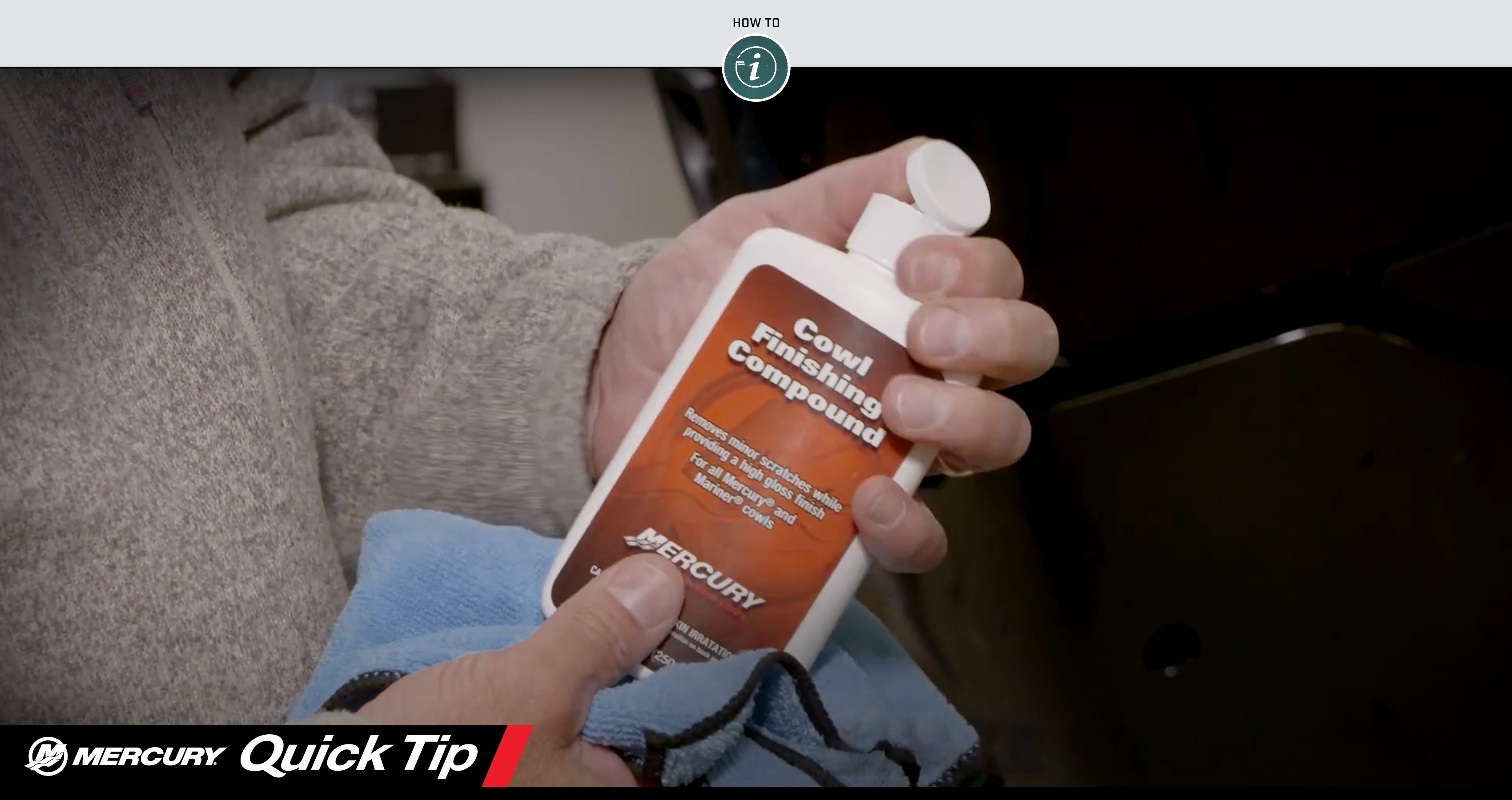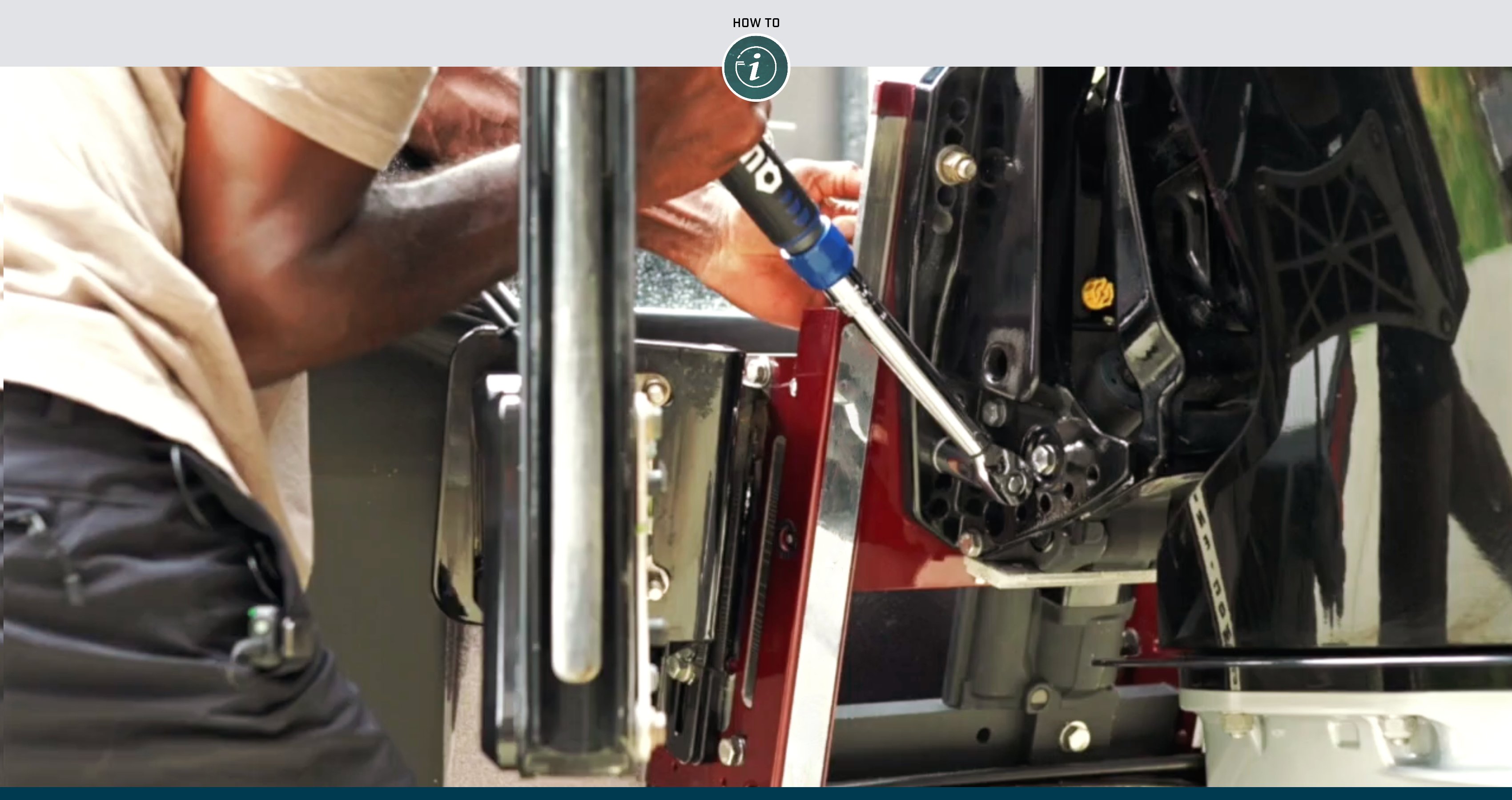You see a huge fish boil on the surface, cock back your fishing rod and let that lure fly … only to see it plop down well short of the mark. Don’t feel bad. We’ve all been there before. Sometimes, cast after cast goes smooth as silk and you’re rewarded with a big bend in the rod, but other times you need just a little more range to reach the target zone. The good news is, it’s not hard to gain a little more distance in most situations. Put these five tips for farther casting to use, and you’ll be hitting the bull’s-eye the next time that big boil draws your attention.
1. Respool with fresh line, completely filling the reel. One of the biggest reasons people don’t reach their full potential casting range is because they’re using a reel that’s only partially filled. As spool size shrinks, the amount of friction created by line hitting the spool (with spinning reels) or the number of rotations it requires to let out any specific length of line (with casting reels) goes up. So, if you haven’t re-spooled since the beginning of the season and you’ve broken off or re-tied a bunch of times since then, no matter how hard you fling that lure you’ll never get it to go as far as it did when the spool was freshly filled. Likewise, if your line is old, it’s likely developed some memory – those annoying coils that remain in the line – which increases drag as the line passes through the guides. If you haven’t spooled up since last season, change it out to reduce line memory issues. One final note: Swap out that old line for one of a thinner diameter and your casting distance will increase even more.
2. Switch to a longer rod. Rod length is directly related to maximum potential casting distance. Of course, having a rod that’s too long for the situation can eliminate your ability to cast altogether, such as when fishing from a shoreline with overhanging trees or from a boat with a T-top. But if you have open air all around, the longer your rod is the farther you’ll be able to fling that bait. Just be reasonable. You probably don’t want to be toting around 9-foot rods in most fishing boats. A rod that’s just 6 inches or a foot longer could make a big difference.
3. Switch to a heavier and/or more aerodynamic lure. Some lures simply cast farther than others. A bullet-shaped 3-ounce jigging spoon will sail through the air a whole lot farther than a 1/2-ounce spinnerbait. Of course, you want to be using the right lure for the situation, so rather than switching out you may want to have a secondary long-distance rod, reel and lure set up and ready to go. Let’s say, for example, that you’re casting along a line of riprap from 30 yards away and you’ve chosen a rod, reel and lure appropriate for the task. Suddenly, that magical boil appears 50 yards in front of the boat. Do you have time to tie on a heavier, more aerodynamic lure that will sail a longer distance? Of course not. But if you have one already rigged up and ready to throw on a second rod, you can grab it in seconds and let that lure fly.
4. Fully load the rod on your back cast. No matter where you’re fishing, be cautious with your back cast. Then be sure you’re using it to your full potential. You want to achieve a deep rod bend to fully “load the rod,” which creates a slingshot-like effect when you reverse direction and cast forward. With heavy-action rods, you might need to swing a bit harder or reach back a bit farther in your back cast. If you’re using lightweight lures, use a lighter-action rod so you can load it up properly. Beyond that, just remember you don’t have to muscle it to caster farther. Use the back cast to load up the rod, and then let the rod do the work.
5. Let additional line out before you make a cast. The more line between the rod tip and the lure, the larger an arc the lure will travel through when you take your swing, and the farther it will fly when you release the line. Just be reasonable. With most rods, it can be tough to cast with 5 feet of line dangling down. But letting out 2 feet instead of 8 inches, for instance, could make a big difference.
Using these tips, will you go from a rank beginner to a master caster overnight? Of course not. Like anything else, the best way to grow better at casting is to practice, practice and practice some more — which is just one more excellent reason to drop whatever you have




